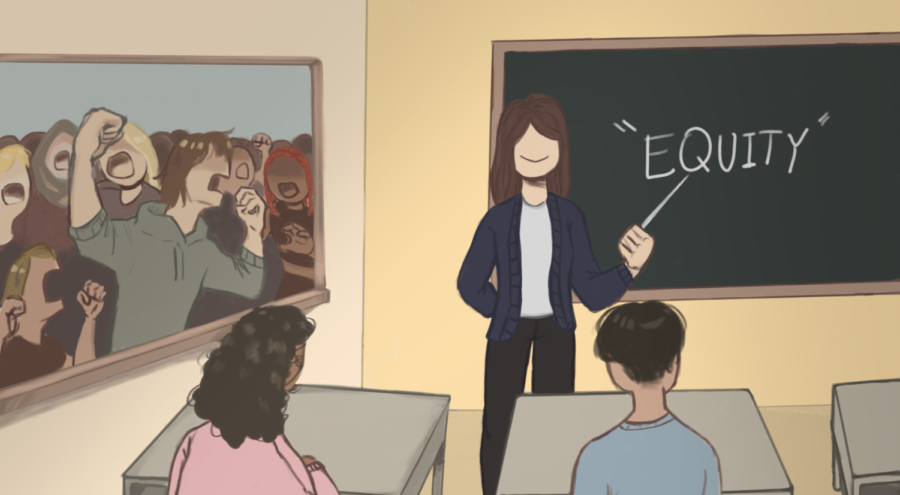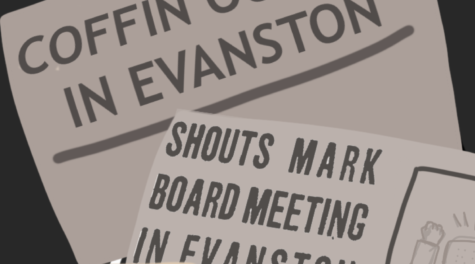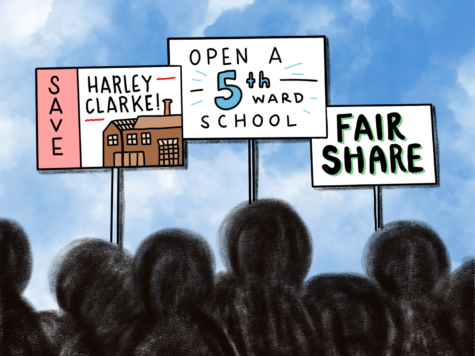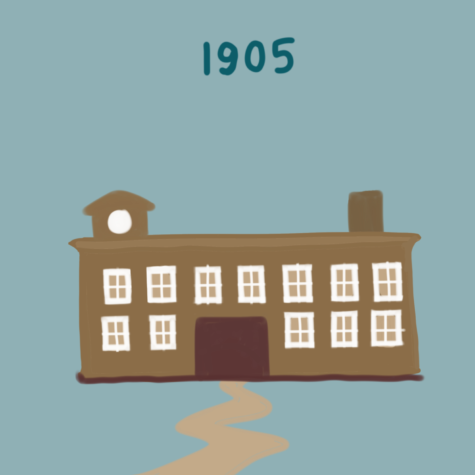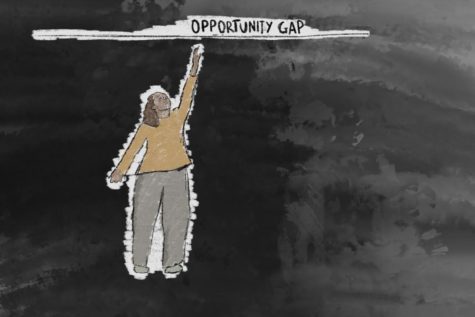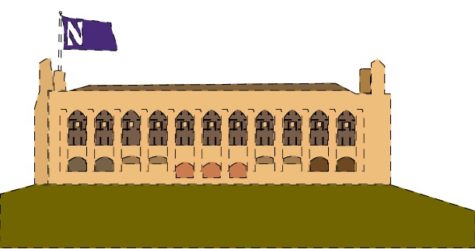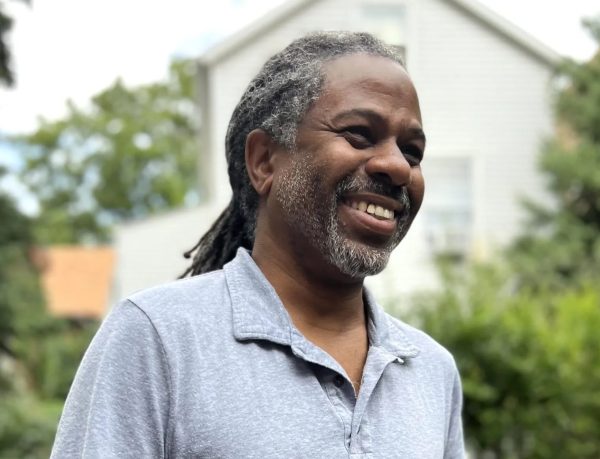Building upon the history that has shaped our city: The Evanstonian staff’s commitment to equity and growth
As The Evanstonian’s staff, we want to thank our readers for their commitment and engagement with this issue. Throughout our process, we have come to value Evanston’s history so deeply, and we hope that you have found value in it, too. Furthermore, we view this issue as a beginning point to continue understanding and interrogating Evanston’s history in order to inform our decisions in the present and future. Evanston has historically been a city of experimentation and opportunity, often being the starting place for civil rights and education movements, discussions and change. This is why The Evanstonian found value in the stories presented throughout this issue. Throughout our countless interviews and conversations, we gained the crucial perspectives of past and present ETHS students and Evanston residents. From these folks, we are now better able to appreciate Evanston’s strengths and identify its weaknesses, and we are committed to doing our part in making Evanston a more equitable, kind and courageous city.
As New York Times reporter, ETHS graduate and former Evanston resident Megan Twohey reflects, “Evanston has perpetrated injustice, and like many other communities across the country, it has had major faults and major flaws. So, while it’s in no way perfect, I really admire the fact that it still feels like it’s striving. There’s also a history of seeking to strive towards ideals of equality, like true diversity, integration and fairness. That’s something that continues to make it a place that’s very dear to my heart.”
As Evanston residents, Twohey’s words continue to ring true. We hope these stories inspire Evanstonians to remain committed to experimentation and progress.
After you have taken what you will from this issue, we implore you to remember these words from our current principal, Dr. Marcus Campbell:
“We didn’t get into these inequalities and inequities [before the last] 10 years, and I get it that it took generations and generations to get here. And I think that it’s going to take generations to get out of [the inequality]. But I know it’s going to take a lot of hard work to really address it—education, of course, but also all of the other inequities that interface and intersect. You have housing inequities, you have medical inequities, you have a lot of families that are unemployed and underemployed. That goes into all of the things that education also touches, but it’s not completely isolated. You can’t isolate the educational variable. So, it’s just a lot of work and a continued concerted effort instructionally and all of our collective social conscious beings to really address it and help all kids see themselves as worthy of the best education possible.”
Your donation will support the student journalists of the Evanstonian. We are planning a big trip to the Journalism Educators Association conference in Philadelphia in November 2023, and any support will go towards making that trip a reality. Contributions will appear as a charge from SNOSite. Donations are NOT tax-deductible.


